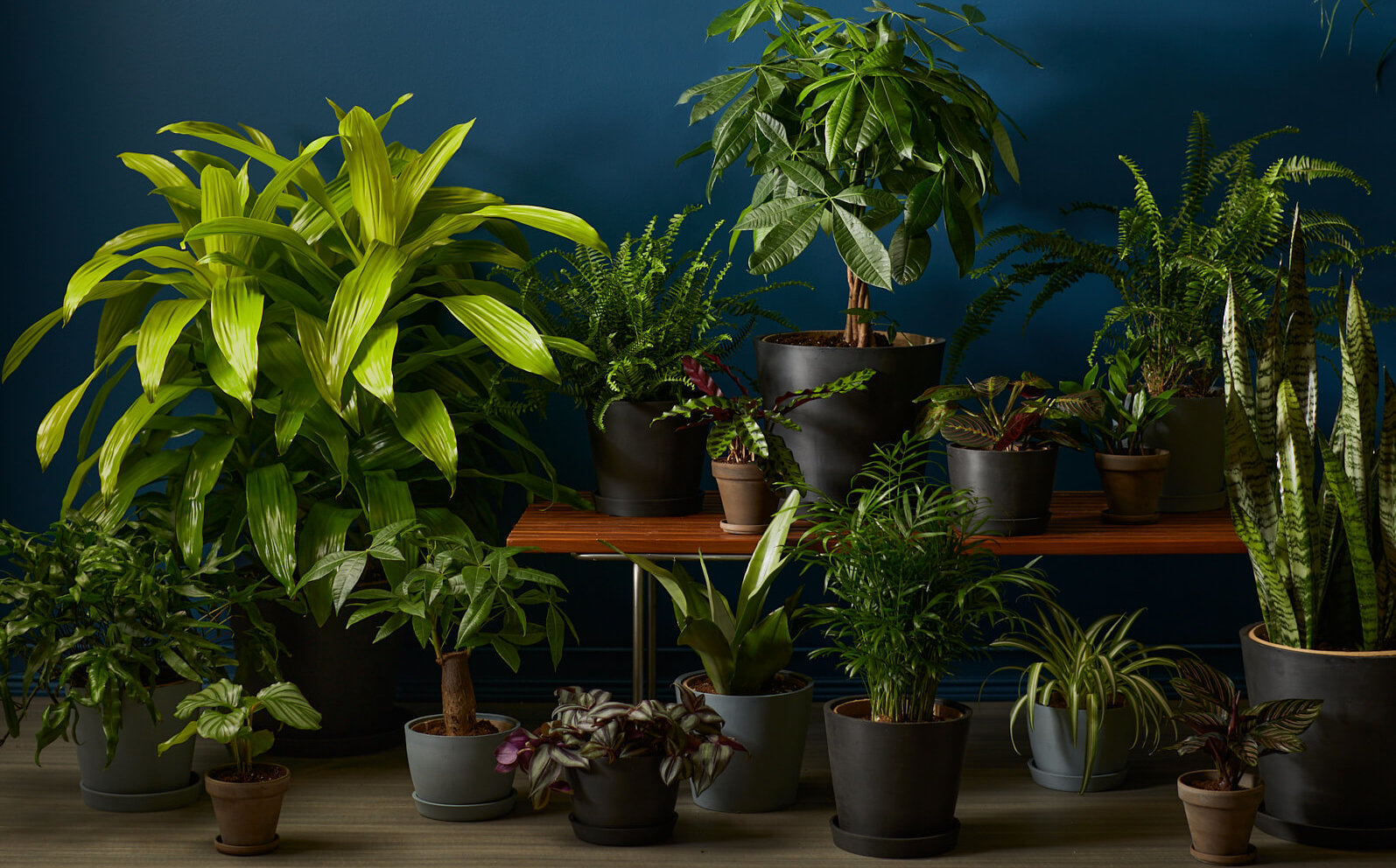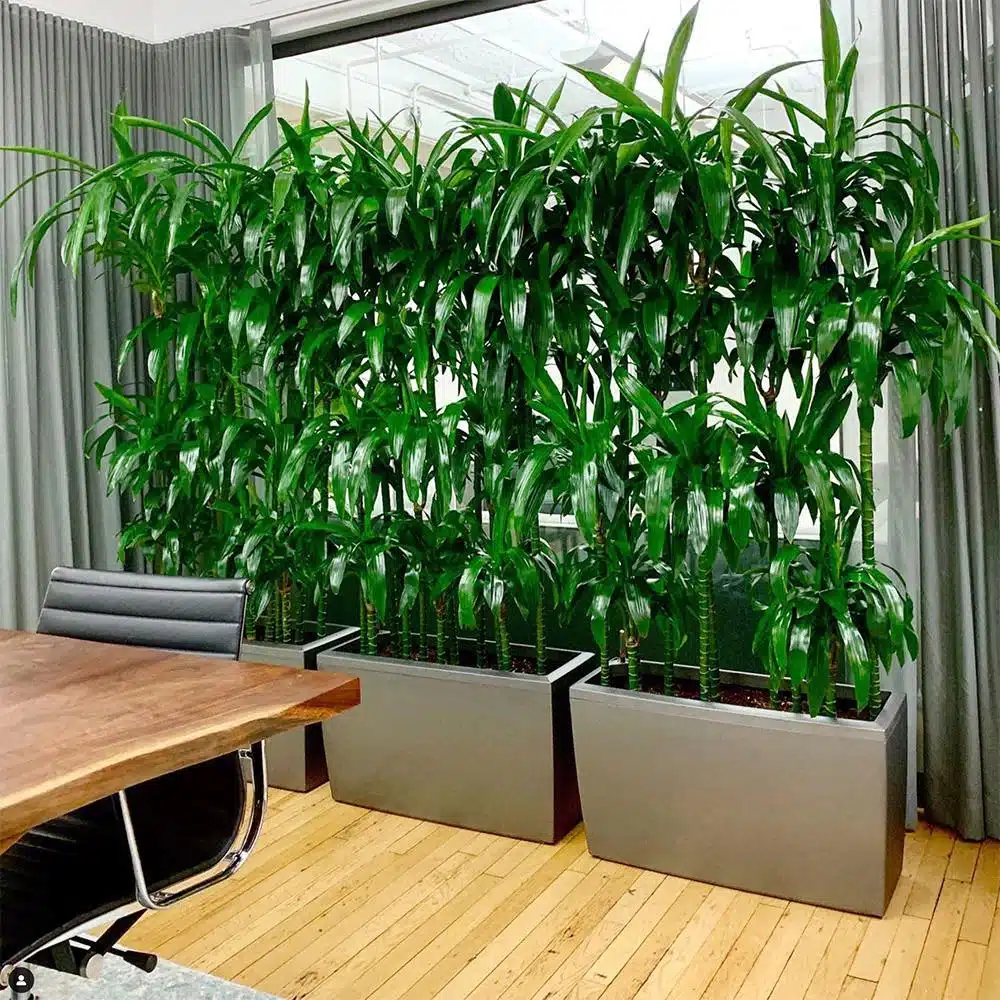A Guide to the Best Low-Light Indoor Plants for Small Spaces
A Guide to the Best Low-Light Indoor Plants for Small Spaces
Blog Article
Transform Your Home With Beautiful Low-Light Indoor Plants and Their Benefits
Integrating low-light interior plants right into your home can considerably boost both the aesthetic and environmental top quality of your living areas. These plants, which prosper in dark problems, serve not just as attractive components yet likewise as all-natural air purifiers, making them ideal for city occupants or those with limited sunlight exposure. As we discover the numerous kinds of low-light plants and their benefits, you might locate surprising ways to integrate them right into your home that can change your surroundings in methods you might not have actually expected.
Advantages of Low-Light Plants
Low-light plants provide countless advantages for indoor settings, making them an excellent selection for both beginner and knowledgeable gardeners. One of the main benefits is their adaptability to low-light conditions, enabling people to enhance their living spaces without the requirement for substantial sunshine direct exposure. This characteristic makes them perfect for homes, workplaces, and other areas with minimal all-natural light.

Additionally, incorporating low-light plants into home decor can raise the visual appeal of a room. Their rich vegetation and varied appearances create a relaxing atmosphere, contributing to general wellness. Last but not least, the existence of plant has actually been connected to lowered stress and anxiety levels and enhanced productivity, making low-light plants a useful choice for enhancing both physical and psychological health and wellness in interior setups.
Leading Low-Light Indoor Plants
While numerous indoor plants thrive in intense light, a number of types are specifically well-suited for low-light conditions, making them excellent for various indoor spaces. One preferred option is the Serpent Plant (Sansevieria), recognized for its striking upright leaves and strength, requiring very little treatment. An additional exceptional option is the Pothos (Epipremnum aureum), which features heart-shaped fallen leaves and can route wonderfully from wall mounts or racks, thriving in low light and adding a rich touch.
The ZZ Plant (Zamioculcas zamiifolia) is commemorated for its shiny fallen leaves and ability to endure disregard, making it excellent for busy lifestyles. Likewise, the Peace Lily (Spathiphyllum) not just endures reduced light yet additionally produces spectacular white flowers, improving any kind of area's aesthetic.
For an unique touch, consider the Cast Iron Plant (Aspidistra elatior), which indeed lives up to its name, thriving in the darkest edges of your home. The Chinese Evergreen (Aglaonema) offers a variety of leaf patterns and colors while being incredibly flexible in low-light conditions. These plants not just improve interior atmospheres but additionally add to air purification, enhancing your living room.
Treatment Tips for Low-Light Plants

Sprinkling methods are essential; these plants frequently prefer slightly dry problems. Overwatering can result in root rot, so ensure that the leading inch of soil is completely dry before sprinkling once again. Usage pots with drainage openings to allow excess dampness to escape.
Moisture is an additional essential variable. Lots of low-light plants, such as ferns and peace lilies, gain from higher moisture levels. To boost humidity, take into consideration misting the leaves or positioning a tray of water near the plants.
Fertilizing ought to be come close to with caution. Throughout the growing period, use a diluted, balanced liquid plant food every month to sustain development, yet prevent fertilizing throughout the dormant cold weather.

Creative Ways to Show Plants
Interior plants can function as captivating prime focus in any type of room, improving both aesthetic web appeal and setting. Imaginative display screens can raise the visual influence of low-light plants, making them an important component of your home style. One reliable approach is to make use of tiered plant stands, which permit you to display numerous plants at differing elevations while taking full advantage of flooring area.
Hanging planters are one more ingenious choice, developing a feeling of deepness and attracting the eye up. Think about macramé hangers or wall-mounted shelves to introduce a special structure and design.
For an extra organized strategy, use geometric terrariums or glass containers to house your plants, adding a modern-day touch to your indoor garden. You can also repurpose vintage items, such as teacups or wooden cages, for an eclectic screen that shows your character.
Enhancing Home Atmosphere With Plants
Incorporating low-light plants right into your home not just enhances visual appeal but likewise adds significantly to the overall ambiance. These plants act as natural decoration aspects, introducing a sense of tranquility that can transform any kind of room. The visibility of plant cultivates a soothing environment, which is especially useful in high-stress environments such as home offices or living areas.
Low-light plants, such as snake plants, pothos, and ZZ plants, are not only aesthetically pleasing but additionally enhance interior air high quality by filtering system toxins. This dual feature improves the setting additionally, creating a much healthier space (Best low-light indoor plants). The strategic positioning of these plants can also affect the perception of area; for instance, high plants can draw the eye up, making ceilings show up higher and spaces more sizable
Furthermore, differing structures and colors of vegetation add deepness to interior style, permitting innovative expression in home designing. Whether placed on racks, in corners, or as focal points, low-light plants can raise the mood of any type of space. In recap, including these plants into your home is a reliable method to foster a cozy, inviting environment while gaining the advantages of boosted air top quality and aesthetic convenience.
Conclusion
Integrating low-light indoor plants into home atmospheres uses countless advantages, consisting of boosted visual charm and enhanced air high quality. These durable plants, such special info as the Snake Plant and Peace Lily, need very little light and maintenance, making them appropriate for diverse way of livings. Their capacity to filter toxins adds to a healthier space, while their varied textures and colors enrich interior design (Best low-light indoor plants). Eventually, the addition of low-light plants promotes a tranquil and welcoming atmosphere, transforming any kind important site of home right into a peaceful oasis.
While many indoor plants thrive in intense light, a number of species are particularly fit for low-light problems, making them excellent for numerous indoor spaces. One reliable technique is to use tiered plant stands, which allow you to showcase numerous plants at varying heights while maximizing flooring room.
Low-light plants, such as serpent plants, pothos, and ZZ plants, are not just cosmetically pleasing yet likewise improve interior air high quality by filtering system toxins. Best low-light indoor plants. The calculated placement of these plants can additionally affect the assumption of area; for circumstances, tall plants can draw the eye upward, making ceilings show up higher and areas extra large
These resilient plants, such as the Serpent Plant and Peace Lily, call for very little light and upkeep, making them appropriate for varied way of lives.
Report this page